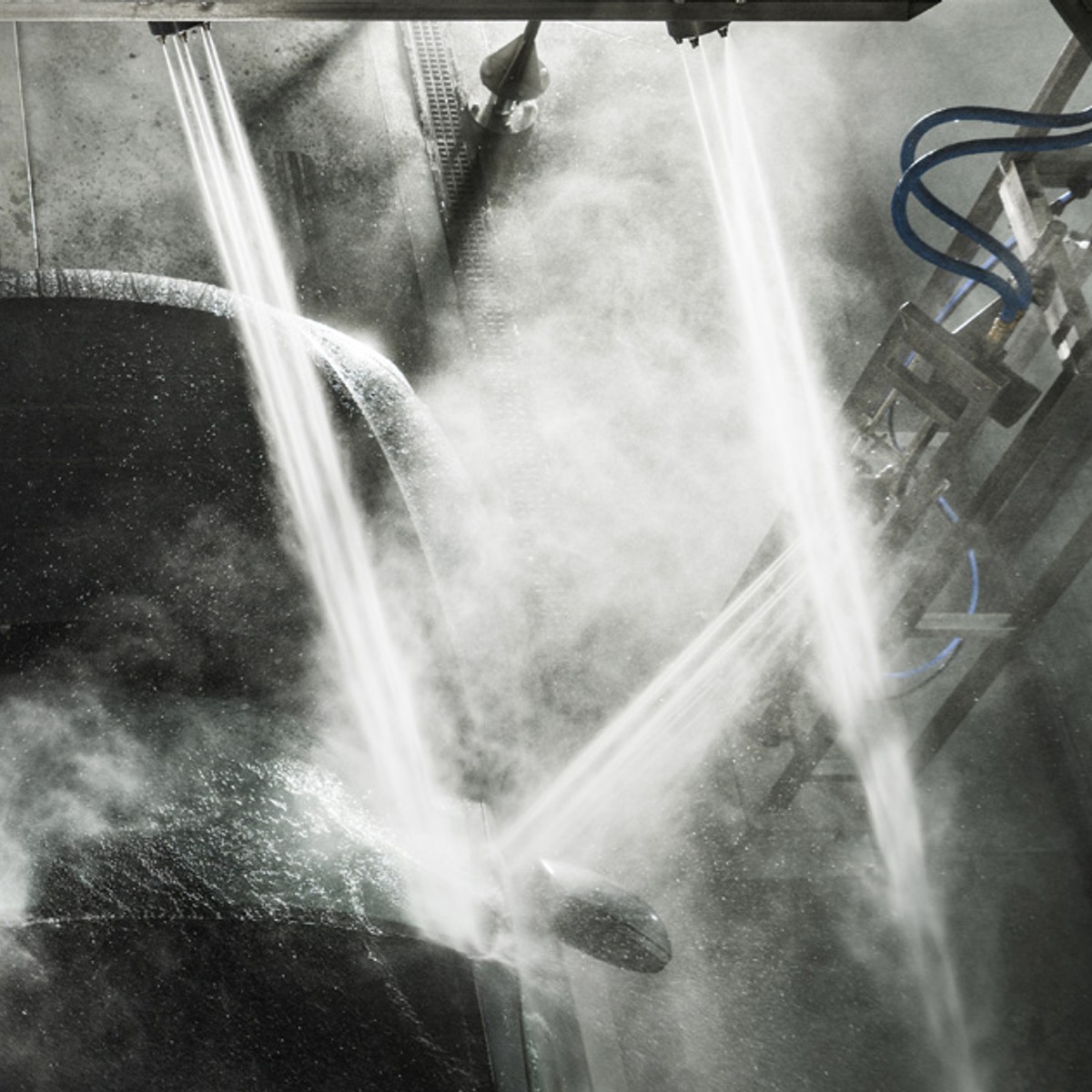Weighing Cost Versus Benefits of Instituting a Safety Program

by Howco Inc. Safety, Health & Risk Team
There are many perspectives on what an effective safety program can bring to a company, primarily a safe working environment for all employees. But have you considered how a safe environment for employees can also help control your costs?
Effective policies and procedures protect employees and production while reducing workers’ compensation costs. Educating staff to make safety second nature improves operational efficiency and maintains profits.
Everything in the operation of a car wash has a purpose. Every step, from washing exterior to cleaning interior, involves specific equipment or procedures. Some equipment in the wash bay and backroom risks employees being shocked, struck, or caught between moving parts. If machinery is defective, leaks can cause a slippery surface. All these areas need policies so employees can safely work around equipment with minimal injury risk.
What happens if no safety program exists or an employee takes shortcuts, and how does this impact your bottom line?
Outwardly, it seems like the employee’s issue, but have you considered costs beyond workers’ compensation?
- Are you prepared if that employee is out of work long-term? Will you have to hire another person to fill the position, effectively paying two people to do one job?
- What if that injury were to be newsworthy? Are you ready to spend time and money managing media fallout that could cause customers to take their business elsewhere?
- Did the injury meet OSHA’s criteria for investigation, causing lost time and risk of citations or fines?
At this point, would you question why this happened and if a safety program could have prevented it?
Begin the program development process
You can start developing an effective safety program today by researching manufacturers’ or safety industry websites online. One of the first steps is understanding the hazards that are present and what injuries occur most often. Are they slips, trips, and falls? Is there a risk employees could get caught between or struck by equipment? Do you have electrical hazards to manage?
Once you identify these areas, you can better write policies and procedures for your employees. Developing these will take some time, but being proactive instead of reactive is time and money better spent.
Conduct a job safety analysis
Once you establish procedures, conduct a Job Safety Analysis (JSA) to identify necessary personal protective equipment (PPE) for related tasks. This may involve identifying the need for gloves with cutting tools or Arc-Flash clothing for electrical work.
PPE protects employees from various identified hazards and, when used properly, also helps protect your bottom line.
There is still one thing that ties all this together: training.
A company can have proper policies, procedures, and PPE in place, but without training, those areas can become a liability. You need to teach employees what you expect from them, both in production and safety. Train every employee exposed to hazards through their regular duties. Make sure to document all training for future reference.
Developing a safety plan takes upfront work but saves far more time than fixing problems after an incident occurs.
If an employee injury triggers an OSHA inspection or lawsuit, you face accountability for failing to establish, document, and train employees on policies. In the end, an effective safety program is key to protecting both your employees and your profits.
Related Resources
What are you waiting for?
Take the first step toward your business goals and reach out today. Our team is ready to get started when you are.


